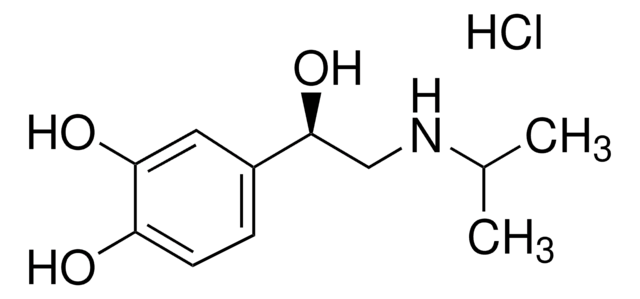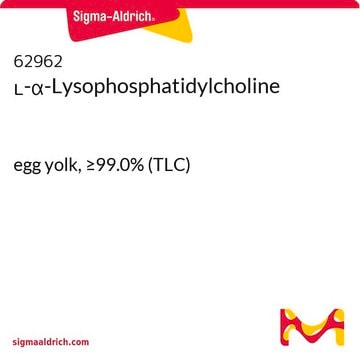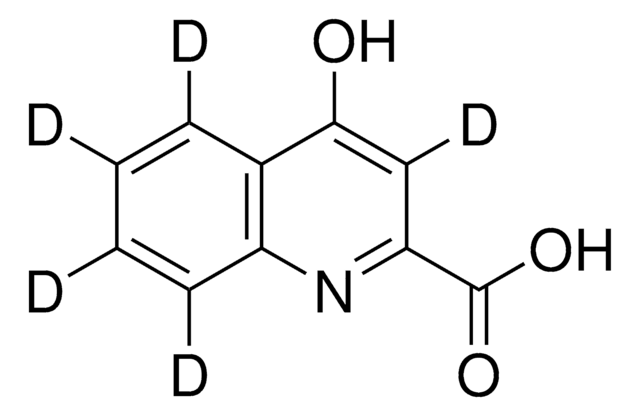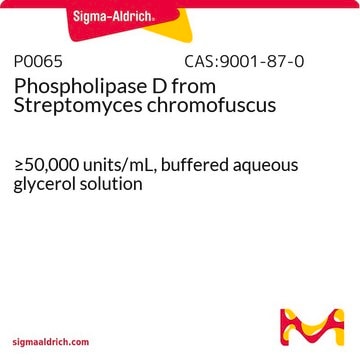L1381
L-α-Lysophosphatidylcholine from bovine brain
≥99%, Type V
Synonim(y):
1-Acyl-sn-glycero-3-phosphocholine, L-α-Lysolecithin
About This Item
Polecane produkty
opis
zwitterionic
typ
Type V
Próba
≥99%
typ lipidu
phospholipids
temp. przechowywania
−20°C
Opis ogólny
Zastosowanie
- to determine the dose-dependent high-mobility group box 1 (HMGB1) release in macrophage and monocyte cultures by production of lysophosphatidylcholine (LPC)[3]
- for lysolecithin demyelination of mice brain tissue[4]
- for demyelination of axons[5]
Działania biochem./fizjol.
Cechy i korzyści
Inne uwagi
Kod klasy składowania
11 - Combustible Solids
Klasa zagrożenia wodnego (WGK)
WGK 3
Temperatura zapłonu (°F)
Not applicable
Temperatura zapłonu (°C)
Not applicable
Środki ochrony indywidualnej
Eyeshields, Gloves, type N95 (US)
Wybierz jedną z najnowszych wersji:
Masz już ten produkt?
Dokumenty związane z niedawno zakupionymi produktami zostały zamieszczone w Bibliotece dokumentów.
Klienci oglądali również te produkty
Active Filters
Nasz zespół naukowców ma doświadczenie we wszystkich obszarach badań, w tym w naukach przyrodniczych, materiałoznawstwie, syntezie chemicznej, chromatografii, analityce i wielu innych dziedzinach.
Skontaktuj się z zespołem ds. pomocy technicznej














